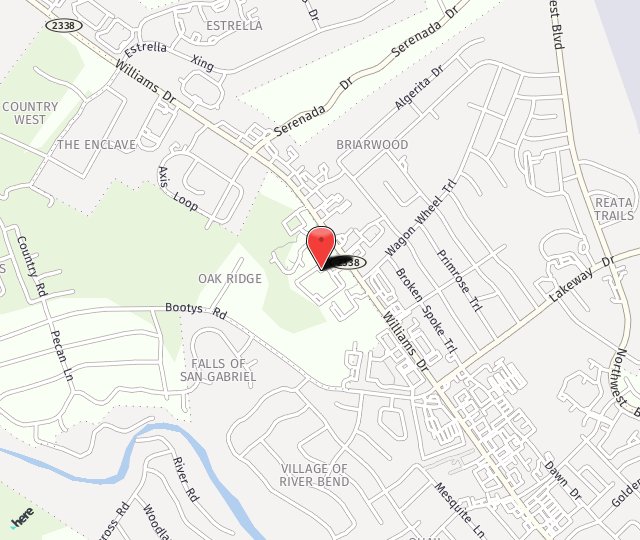What does TMJ stand for?
It stands for Temporomandibular Joint. The acronyms TMJ and TMD are commonly used to describe temporomandibular joint dysfunction or disorder.
Where is the temporomandibular joint located?
There are two temporomandibular joints – both are located in front of the ear where the jawbone attaches to the skull.
What are the most common symptoms of TMD?
The most common symptoms are jaw muscle pain, face, neck, shoulder and back pain, headaches and migraines, ringing in the ears, and grinding your teeth. For a full list of symptoms, please visit our Common Symptoms page.
How can your doctors diagnose TMD?
TMD is diagnosed using a physical examination as well as special computer equipment that evaluates your bite, jawbone, and associated muscles for correct alignment.
What treatments are available for TMD?
Treatments range from mild medications and self-care to establishing a healthy resting position for your bite using an orthotic. Once the orthotic has relieved your symptoms, permanent restorations or orthodontic treatment can be used to permanently correct your TMD.
To initially treat pain, Transcutaneous Electrical Nerve Stimulation (TENS therapy), can also be used.
If you are located in the Georgetown, Texas area and you would like to improve your smile for any reason, contact us today to schedule a complimentary TMJ consultation.


